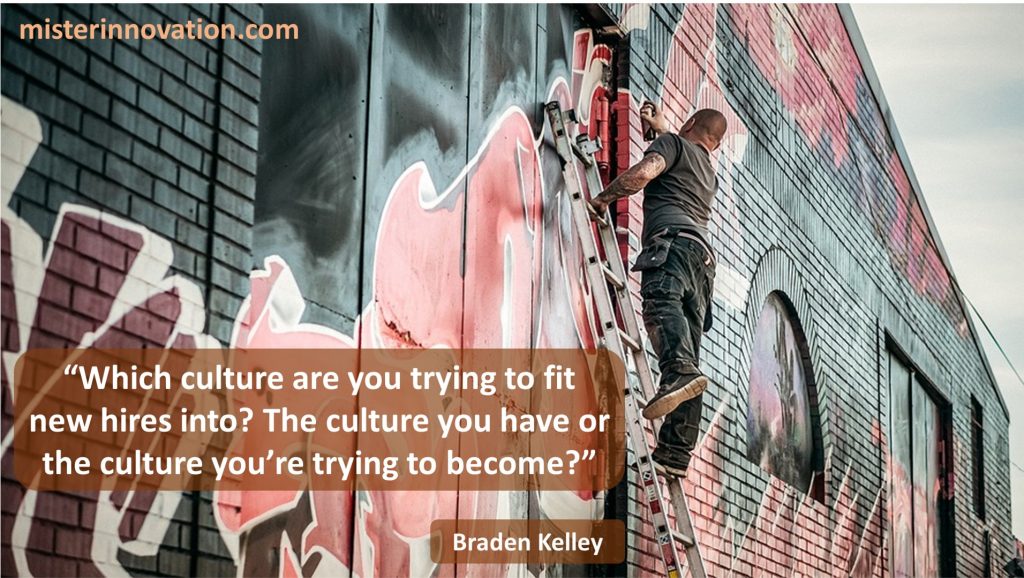
GUEST POST from Art Inteligencia
In the fast-paced and ever-evolving world we live in, organizations are increasingly looking for ways to foster innovation and creativity in their teams. One vital factor in nurturing innovation is the design of the workspace. A well-designed environment can inspire and motivate employees to think outside the box, collaborate, and generate groundbreaking ideas. This article explores the significance of creative workspaces in driving innovation, delving into two intriguing case studies and providing a link to another insightful article here on the Human-Centered Change & Innovation web site.
Case Study 1: Pixar Animation Studios
Pixar Animation Studios, a renowned company behind iconic animated films, has long been praised for its imaginative approach to workspace design. At Pixar, the physical environment is carefully crafted to inspire innovation among its employees. The company’s headquarters in Emeryville, California, features a central atrium known as the “Steve Jobs Building” that fosters spontaneous encounters and encourages cross-pollination of ideas.
One prominent element at Pixar is the abundance of communal areas. Employees are encouraged to gather, interact, and share ideas in well-designed spaces such as lounges, cafes, and outdoor gardens. Additionally, the workspace is filled with whimsical art, colorful decorations, and creative visuals, stimulating the imagination of artists, writers, and animators. This unique environment not only sparks innovation but also enhances collaboration and a sense of belonging among employees.
Case Study 2: Googleplex
Google, renowned for its innovative and forward-thinking approach, has created extraordinary workspaces worldwide. The Googleplex, the company’s headquarters located in Mountain View, California, is a prime example of how an innovative environment can fuel creativity. Google’s offices boast colorful and unconventional designs, featuring slides, nap pods, foosball tables, and playful workout spaces.
The aim behind Google’s workspace design is to break down traditional office barriers and encourage free thinking. Employees are empowered to take breaks, relax, and engage in activities that promote creativity and well-being. An important aspect of Google’s workspace philosophy is the strategic placement of communal areas, ensuring frequent interactions between employees from different departments. This helps in fostering innovative ideas and problem-solving by facilitating interdisciplinary collaboration.
To deepen your understanding of fostering innovation, I highly recommend reading the article “What Can Leaders Do to Have More Innovative Teams?” by Diana Porumboiu. The article explores four key elements necessary for organizations to build a culture of innovation: leadership, strategy, processes, and culture. It delves into how these pillars can be implemented to achieve sustainable innovation and success.
By blending the insights provided in this article with the case studies of Pixar and Google, readers can gain a comprehensive understanding of how creative workspaces contribute to innovation, as well as the broader dynamics of cultivating an innovative culture within an organization.
Conclusion
Designing a workspace that inspires innovation can significantly impact an organization’s ability to generate groundbreaking ideas and stay ahead in today’s competitive landscape. Through the case studies of Pixar and Google, we witnessed how well-thought-out physical environments can foster a culture of innovation, collaboration, and creativity. Whether it’s through communal areas, playful designs, or strategically encouraging interactions, organizations can create spaces that spur imagination and inspire employees.
Remember, a creative workspace is not just about the physical aspects but must be supported by leadership, strategy, processes, and culture. It is a holistic approach that promotes innovation throughout the entire organization. By immersing ourselves in insightful articles like “The Four Pillars of Innovation” by Braden Kelley, we can further enhance our knowledge and leverage these principles to create an environment that truly sparks innovation.
Bottom line: Futurology is not fortune telling. Futurists use a scientific approach to create their deliverables, but a methodology and tools like those in FutureHacking™ can empower anyone to engage in futurology themselves.
Image credit: misterinnovation.com
![]() Sign up here to get Human-Centered Change & Innovation Weekly delivered to your inbox every week.
Sign up here to get Human-Centered Change & Innovation Weekly delivered to your inbox every week.